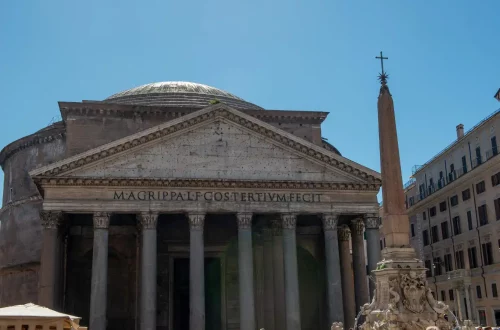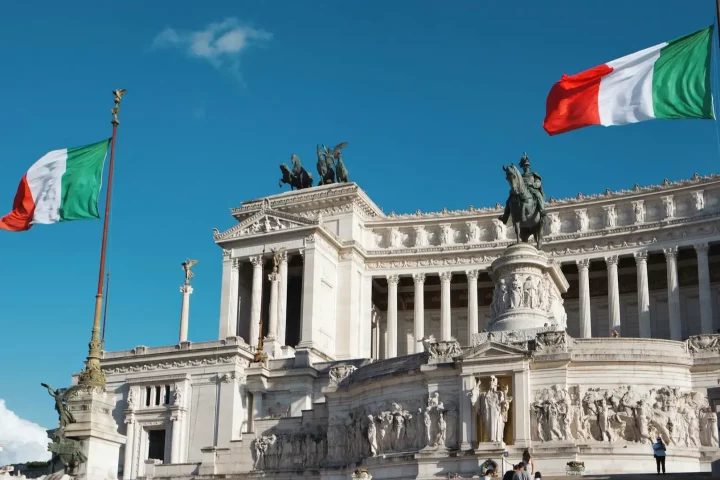Applying for italian citizenship in Italy
Getting Italian dual citizenship can be a game-changer, whether you’re looking for work, study, or simply wanting to make your Italian heritage official. In this guide, we’ll explore the process of applying for Italian citizenship directly in Italy and highlight key considerations.
Italian citizenship by descent:
Italian citizenship, based on jus sanguinis (the “right of blood”), transcends mere geography. Jus sanguinis means that Italian citizenship is intricately tied to your lineage, not your place of birth, unlike the jure soli system (used in the United States), where birthplace matters. Additionally, Italian dual citizenship knows no generational bounds. Whether your Italian ancestor is your grandfather, great-grandfather, or even further back, the unbroken chain of heritage remains intact.
However, in order to apply for Italian citizenship, having an Italian ancestor isn’t enough; you need specific information about them, such as birth and death dates, etc. Fortunately, our resources now allow tracing Italian origins without leaving your doorstep.
Take advantage of specialized assistance to secure your passport for a borderless future.
Applying for Italian Dual Citizenship Directly in Italy
When pursuing Italian dual citizenship, opting to apply directly in Italy can be advantageous. Here are key considerations to ensure a smooth process:
- Choosing the Right Location:
Comune Selection: Consider applying through a commune in Italy. While big cities like Rome or Milan may have busier offices, smaller towns often offer faster processing.
Clerk Interaction: Be mindful of the clerk handling your case.
Documentation: Proper documentation is crucial, so ensure you have all necessary paperwork.
- Physical Presence Requirement:
To apply directly in Italy, you must be physically present there. Remote applications are not possible.
Before relocating, verify that your chosen clerk is available and in office. Contact the commune for confirmation.
- Language Matters:
Speaking Italian is essential. Italians may be less willing to assist if you don’t communicate in their language, so learning basic Italian phrases can help you navigate the process effectively.
- Arrival Procedures:
If flying into Italy, ensure your passport receives an entry stamp. This stamp is necessary for your citizenship application.
In case your initial arrival is in another EU country, submit a “declaration of presence” upon reaching Italy. Local police will verify your residency within 45 days.
Remember, embracing your Italian heritage through dual citizenship is a rewarding journey.
Conclusion
Navigating Italian dual citizenship directly in Italy involves understanding your heritage, meeting requirements, and being prepared for the process. Whether you’re dreaming of European adventures or simply want to honor your roots, take the necessary steps and embrace your Italian identity! If you need assistance to deal with these tasks, to have someone who speaks Italian and knows the intricate details of this process, count on io.citizenship! Our team of experts will handle your application and ensure that your journey is peaceful and secure. Contact us today!
Take advantage of specialized assistance to secure your passport for a borderless future.






